Monday, May 16, 2022, 12:30 – 1:45 pm EDT, Talk Room 2
The Vision Sciences Society is honored to present Dr. Lynne Kiorpes with the 2022 Davida Teller Award
VSS established the Davida Teller Award in 2013. Davida was an exceptional scientist, mentor and colleague, who for many years led the field of visual development. The award is therefore given to an outstanding female vision scientist in recognition of her exceptional, lasting contributions to the field of vision science.
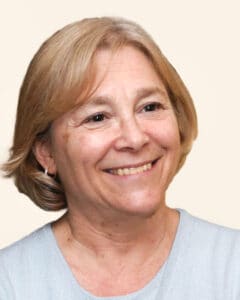
Lynne Kiorpes
Professor of Neural Science and Psychology, New York University
Lynne Kiorpes is a leader and innovator in the field of visual development. Throughout her career she has integrated studies of human visual development with studies of both behavior and neural development in infant macaques to understand immaturities and the role of visual experience in the development of visual processing. Her work on amblyopia has been critical in revealing the developmental changes in the visual pathways that may contribute to the disorder. Her findings have highlighted the role of extrastriate cortical development and the importance of focusing on higher-level visual functions in amblyopia. Recognitions of her accomplishments have included a James S. McDonnell Foundation Scholar Award (2007) and a Presidential Special Lecture at the Annual Meeting of the Society for Neuroscience (2016).
Dr. Kiorpes earned her Bachelor’s degree from Northeastern University in 1973 and her Ph.D. from the University of Washington in 1982, both in Physiological Psychology. She took up her faculty position at New York University in Psychology and Neural Science after a postdoctoral position in Ophthalmology at the University of Washington, where she had trained with leading vision scientists Davida Teller and Anita Hendrickson.
Dr. Kiorpes has been consistently dedicated in her support of women and under-represented minorities aspiring to careers in science. She is currently serving as the Dean of the Graduate School of Arts and Sciences at NYU and was awarded a prestigious Executive Leadership in Academic Technology and Engineering Program Fellowship in 2015. She founded the NYU Women in Science Scholars program and has served as the director of NYU’s NIMH-funded training program in systems and integrative neuroscience since 2005. Her accomplishments in teaching and mentoring have been recognized with both the Golden Dozen Teaching Award and the University Distinguished Teaching Medal at NYU. She has served in numerous innovative leadership roles in support of the mentoring and training of undergraduate and graduate students, as well as mentoring the students in her own laboratory, for over 30 years.
Linking behavior and brain development
“As infants get older they get better at things” was never a satisfactory explanation of visual development, especially because in some children development does not proceed normally – as is the case in amblyopia. The question of what mechanisms in the visual brain permit the maturation of vision is long-standing in the field. At the same time, understanding how that developmental process is affected by visual experience is critical for informing our knowledge of typical development as well as experience-dependent plasticity. To identify the neural correlates of visual development and evaluate brain-behavior relationships, establishing the macaque model for human visual development was essential. Our work has established that – contrary to expectation – developmental changes in neural response properties early in the visual pathways do not limit normal development or define amblyopia. In this talk, I will argue that visual processing beyond V1 is more important for understanding both normal and abnormal visual development.
Dr. Kiorpes will speak during the Awards session.

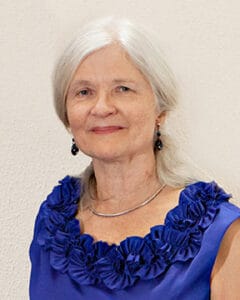
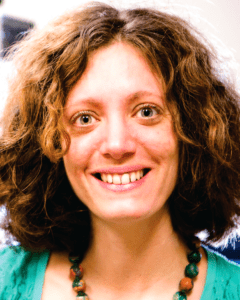 Martina Poletti
Martina Poletti Gerald Westheimer
Gerald Westheimer Marisa Carrasco
Marisa Carrasco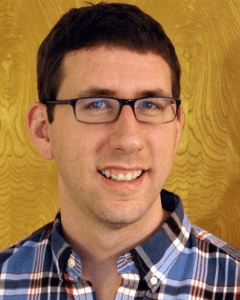 Timothy Brady
Timothy Brady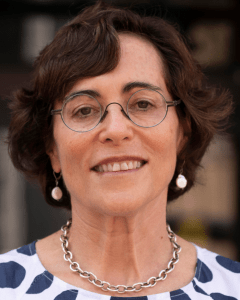 Marlene Behrmann
Marlene Behrmann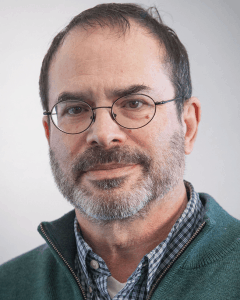 Edward ‘Ted’ Adelson
Edward ‘Ted’ Adelson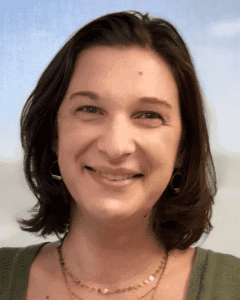 Talia Konkle
Talia Konkle